It’s not that hard to put together a nice hotel; space enough for a comfortable bed, quality furnishings, good restaurant dining. But taking things to the level of excellence takes skill, hard work and a knack for hospitality. And so for a hotel to really be superior in the world of luxury, meticulous attention has to be paid to every detail of its daily operation, and each conceivable problem is snuffed out before it even has the chance to form.
With the holiday season just around the corner, if you’re strapped for different ideas to vacate to, here are a few of the most luxurious hotels that you may not have heard of but should definitely be aware of. Paying for the suite though, is another story…
Mardan Palace Hotel, Turkey
Considered one of the most elite luxury hotels in Europe, the Mardan Palace Hotel in Antalya, Turkey was built by Russian billionaire, Telman Ismailov in 2009. Costing £1billion, it’s only fitting that it boasts the largest outdoor swimming pool in the Mediterranean and has its own zoo.
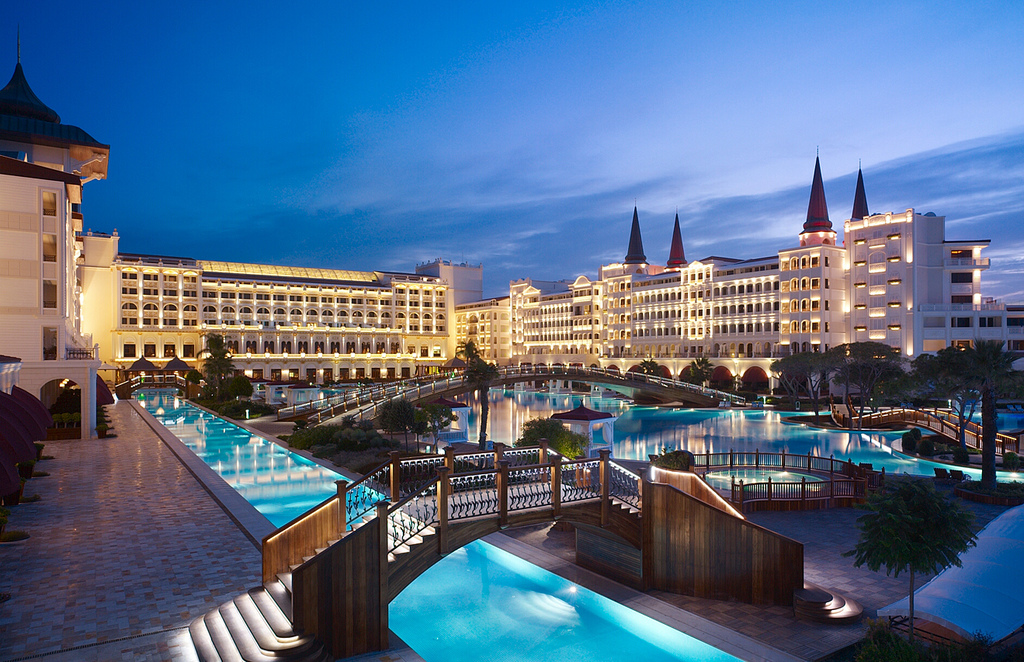
It has 11 restaurants, five of which are fine dining and diners can marvel at the cutlery they put in their mouths as they are worth an astonishing £17 million. Guests can sample a smorgasbord of the world’s cuisine from Japanese, Russian, French, and Turkish to name a few. A memorable meal out is the underwater fish restaurant which have huge aquariums for walls each representing a different ocean. And just in case your hunger and thirst is still not satisfied, Ismailov has thrown in 14 bars and cafes for good measure, as well as a two-storey jungle nightclub.
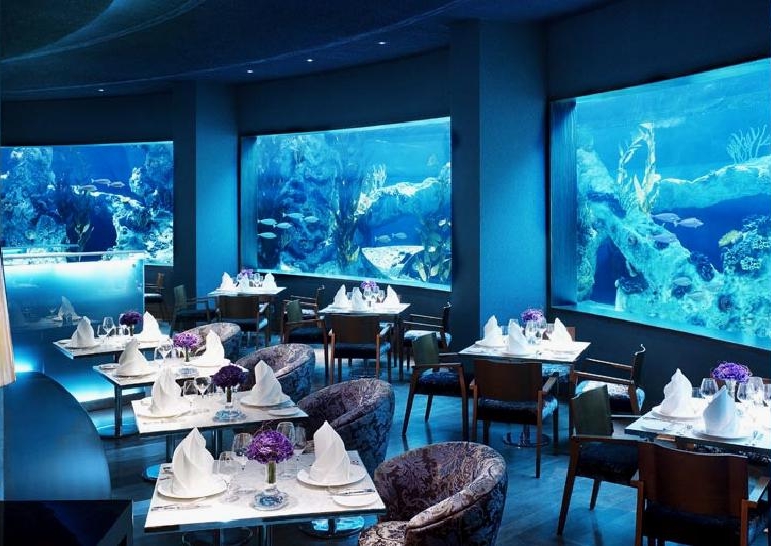

By day guests can lounge around in either one of the pools, or the hotel’s own private beach with £1million worth of imported white sand, replaced each year. Or while the evenings away with one of the nightly shows in the 700-seat amphitheatre. Oh, and let’s not forget the 24-hour butler service – need we say more?
Poseidon Undersea Resort, Fiji
It took 13 years to build the world’s first ever underwater resort, but before you get your credit card out, you should know that this hotel hasn’t even opened yet though it was supposed to have done so in 2008. And despite hundreds of thousands lining up willing to pay the £9K per week price tag, the five-star resort is showing no signs of opening due to the unfinished building work on the structure.
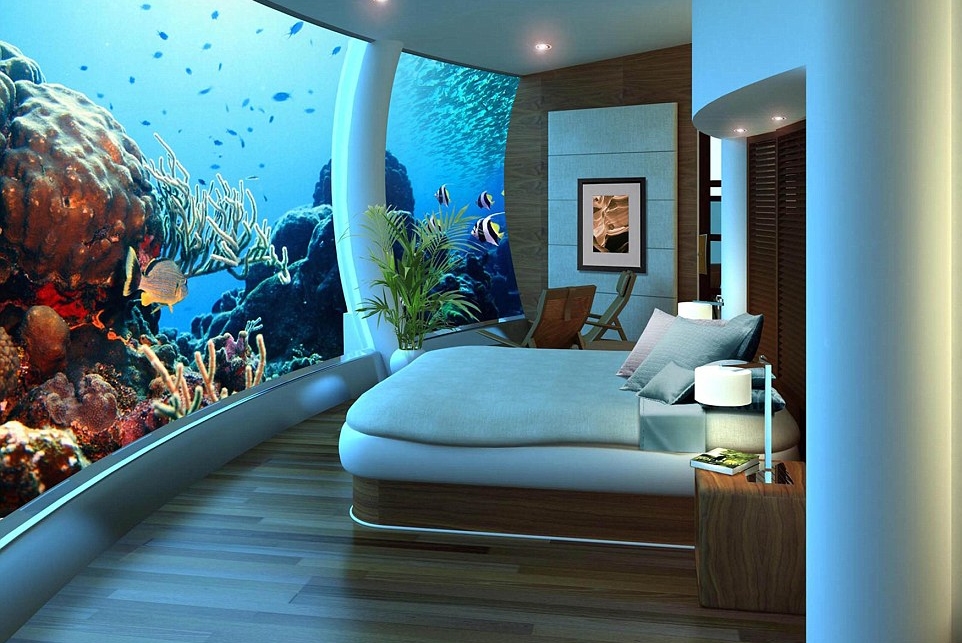

But that doesn’t mean we can’t indulge in all the lavish offerings it promises. Each of the 22 suites is comprised of wall-to-ceiling windows containing a large Jacuzzi with underwater panoramic views. Underwater lights and an external fish-feeder are standard in-room features.
The resort will also have all the trimmings that make a luxury abode including six restaurants, seven bars, swimming pool (onshore), spa and hydrotherapy centre, tennis courts, as well as a nine-hole golf course. But unique to an undersea resort will be a dive shop with recompression chamber and a fleet of submarines that can be hired to explore nearby reefs and a private bungalow that can only be reached by such a submarine. And to complete the subterranean experience, a personal submarine pilot training is also offered.
Palacio Nazarenas, Peru
From the ocean to the mountains, this former palace and convent is located near Machu Picchu and is famous for its timeless tranquillity with a spiritual retreat feel. Set high in the mountains of Cusco, the resort is comprised of only 55 ‘oxygen-enriched’ suites built on Incan foundations.
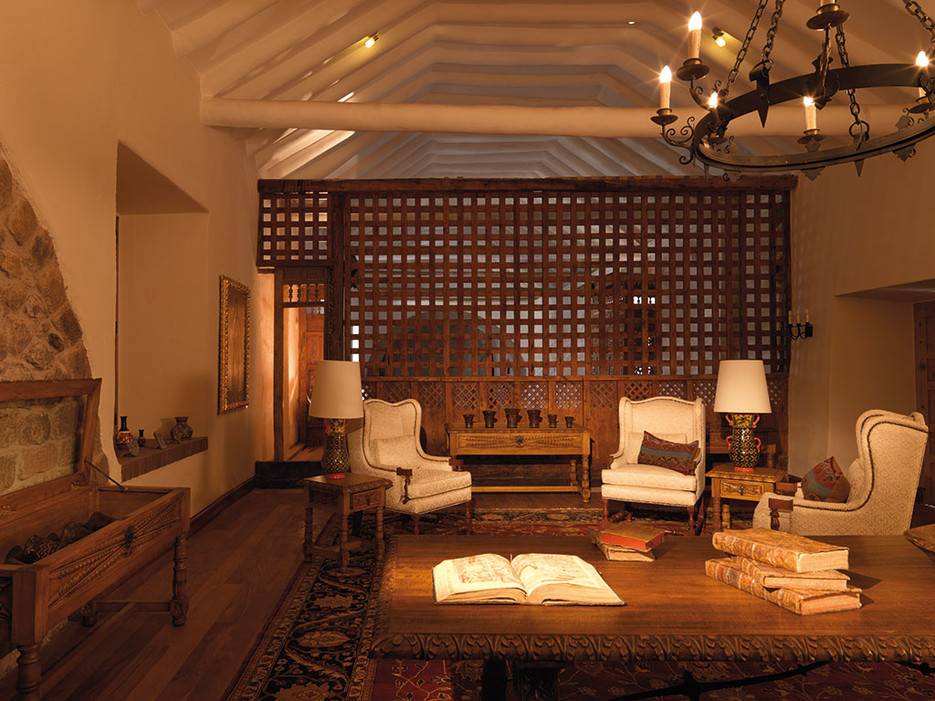

Exquisite detailing include underfloor heating to warm the Peruvian marble bathrooms, iPads preloaded with a Cusco city guide, soundproofed walls and blackout curtains guarantee the best sleep you’re likely to ever get. Intricately carved antique furniture adorns each suite whilst courtyards are scented with herb gardens.
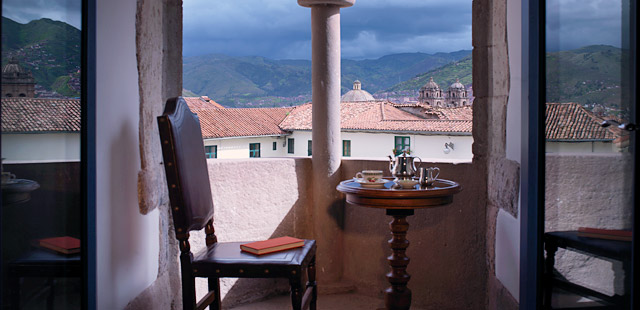

It’s an establishment that integrates its immense history into every aspect of its hospitality from the collection of artefacts that can be found in the guest lounge, to the glass floors in a treatment room in the spa where you can admire the ancient Inca walls underneath. Treatments only use local ingredients such as pink Andean salt and purple corn, whilst the modern Peruvian cuisine utilizes the herbs and edible flowers grown on its own grounds.












PLEASE LEAVE YOUR REVIEW...